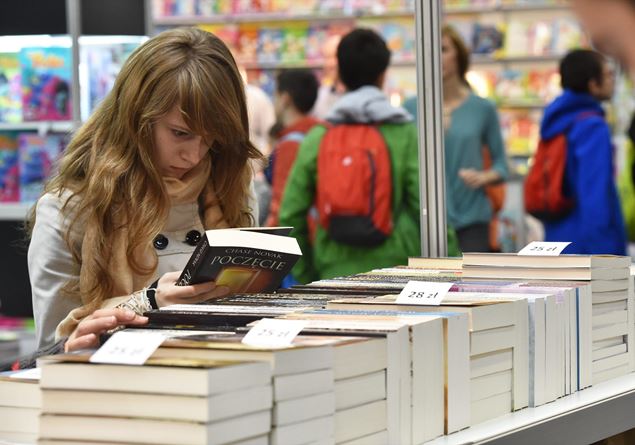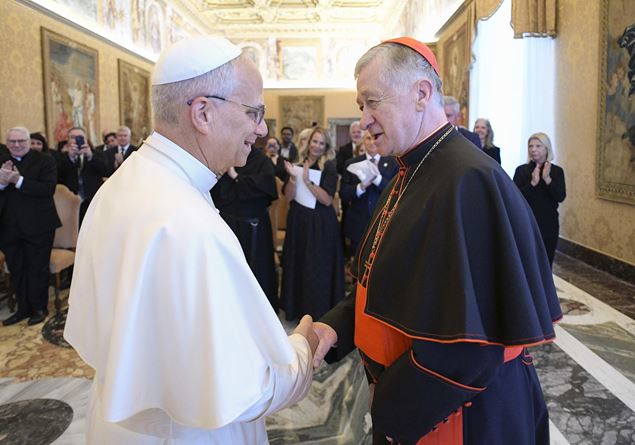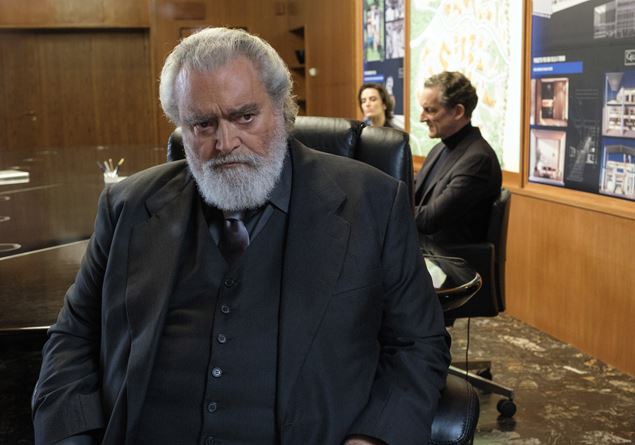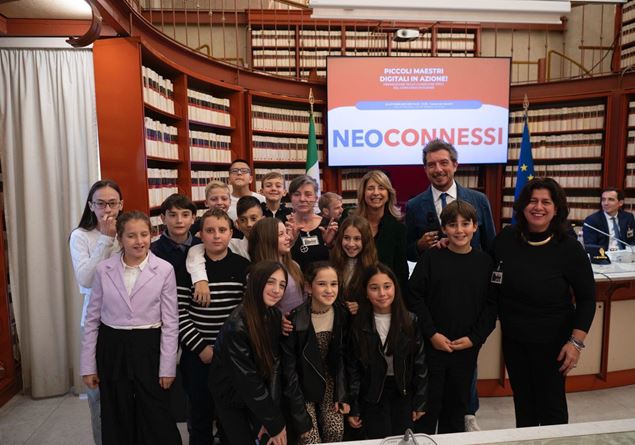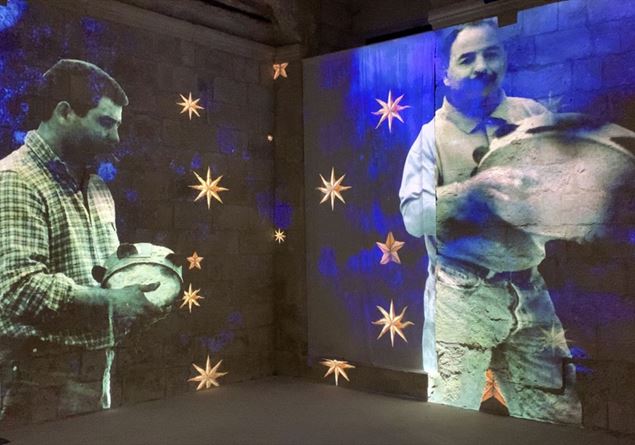In his latest film, Life goes like this by director Riccardo Milani (in theaters from 23 October), Diego Abatantuono is Giacomo, the president of a powerful real estate group based in Milan that wants to build a luxury resort near the sea, on an uncontaminated coastal strip in southern Sardinia. It all seems easy, at least at the beginning, but no one has come to terms with it Efisio Mulas, an elderly shepherd (played by Ignazio Loi), who has always lived there, between the sea and his animals that he grazes, who says no to all the offers, even millionaires, that come to him to sell his land and keep the work going.
«Look, I’m not selling», is his position, «this is the land of my father and my father’s father and I’m keeping it and you have no right to build around here». Meanwhile, the pressure on Efisio increases, the community is divided between those who dream of new job opportunities and those who fear (few, in truth) of losing their identity forever, and upon yet another refusal from the pastor the negotiation turns into a legal battle in which Giovanna (played by Geppi Cucciari), a judge born and raised in those places and called to resolve the conflict.
A film (also in the cast Virginia Raffaeleas the pastor’s daughter, and Aldo Bagliothe foreman Mariano), inspired by a true story, which began in 2000 and which had an international echo, whose protagonist, the shepherd Ovidio Marras, died on January 7, 2024 at the age of 93, became famous for having won what was called the “battle against concrete” in the area of Capo Malfatanoone of the most beautiful and fascinating headlands in the southwestern tip of the island. In fact, on approximately 700 hectares of greenery and Mediterranean scrub, a hotel complex, villas with swimming pool, residences, private gardens, golf course and associated services should have been built. A mega resort that should have been the pearl of the Costa Dorada, the equivalent of the Costa Smeralda moved to southern Sardinia. Behind Sitas there was the elite of the Italian brick and mortar sector: the Benetton group, Toti-Lamaro, the Toffano group and Sansedoni SpA, the real estate arm of the Fondazione and Banca Mps, which at the time had Francesco Gaetano Caltagirone as vice president. Ovid had his “furriadroxiu”a sheepfold house where he lived with his flock of sheep and cows, in that area, with a civic use of passage to take the animals to graze along the path that led to the beach.
Abatantuono, his character is a very determined businessman who, however, has a surprising evolution in the film.
«At the beginning he seems like a hard and cynical man: he gives peremptory orders to his collaborators, he only cares about business, he doesn’t worry about appearing “good”. But little by little he begins to ask himself questions. He understands that it’s not just about figures and negotiations: there is another, bigger issue behind it. He realizes that not everything can be reduced to money. And try to understand what’s behind the stubborn refusal to sell of the pastor who doesn’t let himself be dazzled by the large sums they offer him. In the end, he does not reach a full conversion, but he becomes aware of the fact that ethical references are also needed. This in itself is a lot: many businessmen and speculators, in reality, never realize it and carry on without scruples.”
The film also plays on strong visual contrast. On the one hand, his office which dominates the Milan skyline. On the other, the Sardinian landscape of Efisio Mulas.
«Yes, the technological and futuristic city and the remote province that seems to belong to another world. Milan offers wealth and opportunities but landscapes like the Sardinian one in the film represent a common good to be defended, not something to be sold to the highest bidder or transformed into luxury resorts for the benefit of those few who can afford it.”
One of the most intense scenes is that of the bulldozers cutting down the Mediterranean scrub under the eyes of the shepherd.
«It is very touching and makes us understand that there are still people animated by values, capable of resisting, with courage, even though they know they are going against the grain and that they have many people against them. Only obstinacy and loyalty to certain values allowed the shepherd to resist, despite being opposed by many fellow villagers. Even the bishop, at a certain point, tries to convince him. The two protagonists of the film – mine and the pastor – are polar opposites. It’s as if they put two weights, two opposing reasons on the same scale. In the end, it’s up to the viewer to choose which side to take.”
The film also touches on a very current theme: how to reconcile tourism with landscape protection.
“Yes. It is the story of many beautiful places that could have been preserved but instead were ruined. I think of the Romagna of the post-World War II years or the Gargano of my childhood, when I ran free on the beach. Then came the campsites, the wild concrete, mass tourism. It’s a dog chasing its tail: the quantity is not sustainable. Venice, for example, cannot handle those numbers of visitors. To save quality and preserve the landscape, higher prices are sometimes needed, but in this way the right of access becomes elitist, for a few. It is an eternal conflict: economy versus justice, quantity versus quality.”
Diego Abatantuono, 70 years old, with Giuseppe Ignazio Loi, 84, in a scene from Life goes like this. Loi is a real Sardinian shepherd like Ovidio Marras, who died at the age of 93 in 2024, whose story inspired the film
What is the audience left with this film?
«The awareness that certain dynamics we talk about never change: economic interests, speculation, opposition, resistance. And a question: to what extent can we reduce everything to money? What space remains for ethics and conscience?
The San Siro stadium, with the surrounding areas, was sold by the Municipality of Milan to the AC Milan and Inter clubs and will be demolished. What do you think?
«Unfortunately we know very little about the details of this sale. I don’t know how they will build the new stadium while San Siro is still in operation. It would be better to make the new one first and then tear down the old one. However, I think it is a huge mistake. San Siro is a functional stadium, with perfect visibility and very easy to reach. You could renovate it and build another one, keeping both. Demolishing it means erasing an important piece of the city’s historical memory. It’s the same mistake that was made with the Scuderie, a wonderful place where I spent my childhood. Unfortunately, it is destroyed without thinking about the emotional and cultural value of the places. I have the feeling that there are above all economic interests behind it, rather than sporting ones.”
The controversy over the wild overbuilding of Milan, which the judiciary is also investigating, recalls some dynamics of the film.
«No one gets it out of my head that there are big interests at stake. We need a law that forces us to plant a tree for every cubic meter built. It would be a concrete way to offset the building impact. Where there is greenery, even an ugly place changes, transforms, and the city becomes more livable. Trees are the only real daily defense against pollution.”
In May he turned seventy. What is your budget?
«I don’t like birthdays. At twenty I adored them, at thirty and forty I was excited, at fifty neutral, at sixty indifferent. At seventy I found them truly unbearable. I’m on my third lap now. I started working at fifteen, at twenty I was already a make-up artist, at twenty-two I was making films and I made 12 in two years. I’ve done a lot, and I have no big regrets.”
Not even that, common to many actors, of having neglected the family?
“No. If they offered me to shoot a film in the summer, when the children were at home, I said no. I can’t say I haven’t frequented them.”
You were born artistically at the Derby in Milan. What memories do you have of those years?
«Splendid. An unforgettable time. The Derby was an enchanted garden where you found everything and for me it was a crazy gym. I was lucky enough to breathe that air and learn from giants like Enzo Jannacci, Dario Fo, Giorgio Gaber, Beppe Viola, Renato Pozzetto, Giorgio Faletti. It was a varied world, made up of music, comedy, theatre, improvisation. You couldn’t help but grow: you learned by watching.”

The complete cast of the film. From left: Aldo Baglio, Virginia Raffaele, Ignazio Loi, Diego Abatantuono and Geppi Cucciari
And the character of the terrunciello was also born there.
«In the 1960s, many immigrants from Puglia arrived in Milan, like my grandparents, originally from the Gargano, who tried to adapt by mixing dialect and Italian. I listened to them, I studied them, and from there that character was born: someone who arrived in the big city and tried to become more “Milanese” than the Milanese. I remember a lady I saw in Milan and who one day I saw again in Vieste in the summer with my parents: she had returned to Puglia and went around wearing a coat in August to give herself a high-class, Nordic tone.” What is the secret of this character’s great success? «Being true, realistic. If a character isn’t, it doesn’t last long.”
Is it true that your mother, who was a cloakroom attendant at Derby, advised Renzo Arbore against seeing you?
«Yes, his generation was used to another genre of cabaret, that of Walter Valdi, Gianni Magni, Nanni Svampa, i Gufi. I, on the other hand, started with a different, surreal, particular humour. She, like many mothers, was a little ashamed. When Arbore asked her about me, she said: “Oh, that one? He’s my son, yes, but he’s an idiot, forget it!”. I was passing by and I heard everything.”
What relationship does it have with faith?
«Very personal. I don’t hang out much, but I talk to God, or to my conscience, which are perhaps the same thing. My parents taught me to be honest: if an action only harms myself, I can also do it; if it harms others, no. It’s not fear, it’s belief. It is the principle that still guides me today.”


